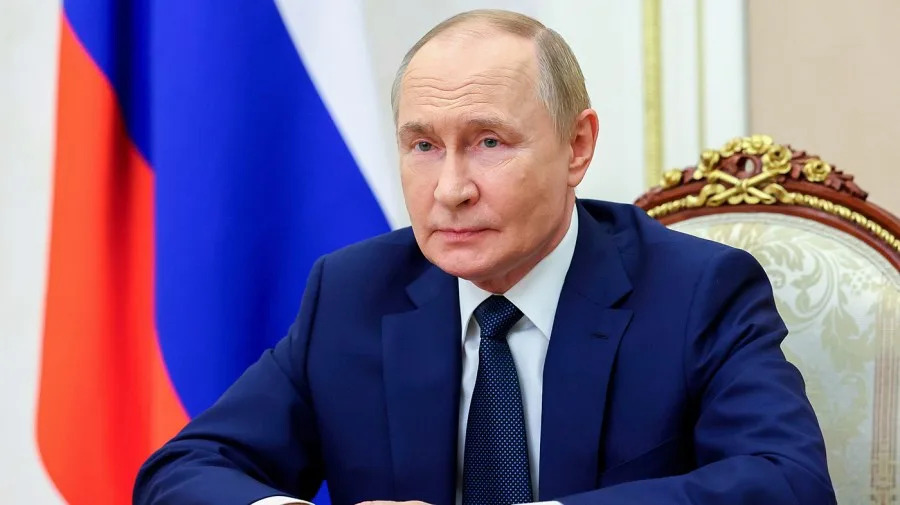
Russia is sending signals that it intends to slow-walk a peace deal on Ukraine, showing some daylight between the Kremlin and President Trump’s intentions to end the war.
From a meeting with Ukrainian President Volodymyr Zelensky to suggestions of security agreements for Kyiv, Russian officials have expressed doubt about some early prospects of a peace deal, parts of which are also being backed by a contingent of European Leaders.
Russian Foreign Minister Sergei Lavrov tamped down any progress made at a summit at the White House earlier this week where Trump met with seven foreign leaders as well as Zelensky, calling it a “clumsy attempt” by Europe to try to change Trump’s mind. Trump, in turn, welcomed such a meeting.
But in the days following, Lavrov said any discussions of security guarantees — something Trump said Russian President Vladimir Putin suggested during their meeting in Alaska last week — would lead to a “road to nowhere” if Moscow isn’t involved.
The tone from the Russians is cause for concern. Trump, Zelensky and the Europeans lamented at the White House that they were finally seeing the first opportunity since the war began to bring an end to the bloodshed, but Moscow is undercutting some key points of such progress.
“There’s more daylight between the United States and Russia than Ukraine might realize,” Michael Rubin, senior fellow with the conservative Washington think tank the American Enterprise Institute, told The Hill.
“Here’s the dynamic that works in Kyiv’s favor: Both Trump and Putin like shifting the goalposts when they make agreements. Trump, however, believes shifting goalposts is his exclusive right. When he sees others doing it, he turns on them. The fact that Putin won’t abide by agreements and won’t silence his guns for Trump’s desired Nobel Prize risks causing one of Trump’s infamous U-turns.”
The White House walked away from meetings on Monday with Zelensky and European leaders with a sense of optimism that a peace agreement was within reach.
Trump said he had started the process of setting up a meeting between Putin and Zelensky, which would mark the first time the two leaders have been in the same room since Russia invaded Ukraine in 2022.
Details began to emerge around potential security guarantees for Ukraine that would be part of a peace agreement to deter future Russian aggression.
Putin initially suggested a meeting with Zelensky could take place in Moscow. The idea was viewed as a nonstarter that raised questions about whether the Russian leader was serious about meeting with the Ukrainian leader.
And Lavrov on Wednesday insisted Russia must be part of any discussions about security guarantees for Ukraine after leaders in the White House said that was one of the main points of discussion.
“I am sure that in the West and above all in the United States they understand perfectly well that seriously discussing security issues without the Russian Federation is a utopia, it’s a road to nowhere,” Lavrov said after a meeting with Jordan’s foreign minister.
Meanwhile, the war continues. Zelensky posted on the social platform X that Russian strikes overnight Tuesday across Ukraine left more than a dozen people injured and damaged a gas distribution station.
Trump, for his part, called both his meetings with Putin and Zelensky “very successful.” He said in a Tuesday interview on “The Mark Levin Show” that he thinks there’s a “good shot” the war can end and explained why he thought a bilateral meeting without him makes sense as a next step.
“Now I thought it would be better if they met without me. Just to see. I want to see what goes on,” Trump said. “You know, they had a hard relationship. Very bad, very bad relationship. And now we’ll see how they do and if necessary — and it probably would be — but if necessary, I’ll go and I’ll probably be able to get it closed. I just want to see what happens at the meeting. So they’re in the process of setting it up and we’re going to see what happens.”
Experts said contradictory rhetoric between Trump and Russian officials threatens to undermine their efforts toward an end to the war.
“The meeting that took place on Monday in the White House was about as good a meeting as one could have hoped for. But I think it’s impossible to discern as if, where we are today, whether Putin is sincere, whether he’s negotiating in good faith, or whether he’s just stringing everybody along and has no intention of shutting down this war,” said Charles Kupchan, a senior fellow at the Council on Foreign Relations.
“I think Trump needs to smoke out Putin. And the best way to smoke him out is put some terms on the table and force him to respond,” Kupchan added. “Trump needs to turn up the heat on Putin. He’s offered too many carrots and not enough sticks and he already gave away a big carrot, which was meeting with the president of the United States on American soil, which he shouldn’t have done. That should have been held in reserve to seal the deal.”
It is far from the first time Putin has dangled the possibility of a ceasefire in Ukraine, only to drag out the process while launching attacks on cities.
Trump in April suggested Putin may be “tapping me along” and would require additional pressure via sanctions.
In May, Putin skipped peace talks in Turkey that Zelensky attended, leaving officials questioning whether Russia was serious about ending the war.
In June, Trump said he would know in about two weeks whether Putin was willing to end the war. But that deadline came and went without additional action from the U.S.
And Trump in late July said he was reducing his timeline for Putin to come to the negotiating table or face severe consequences in the form of secondary sanctions. Trump announced tariffs on India for purchasing Russian oil that are set to go into effect this month, but he held off on levying additional sanctions on Moscow ahead of his meeting with Putin.
Tina Dolbaia, an associate fellow at the Center for Strategic and International Studies, argued the Trump administration has tools to bring Putin to the negotiating table, including by deploying additional secondary sanctions on China and other purchasers of Russian oil.
Dolbaia said Putin likely achieved his goal of pushing off additional sanctions by meeting with Trump in Alaska.
“Right now it feels like we are moving toward a diplomatic stalemate,” Dolbaia said. “But this can change if the Trump administration feels they are stuck, that Putin is just [wasting] time. Then we may again see some movement.”
Dolbaia also expressed skepticism that Putin was serious about meeting with Zelensky at a time when it is still unclear what concessions Ukraine is willing to make or what guarantees it is seeking to secure as part of negotiations.
Experts credited Trump with trying to find a diplomatic solution to a war that shows no signs of ending on the battlefield, even as the willingness of all parties to reach a final agreement remains murky.
“Trump is doing the right thing by reaching out to the Russians and he is right to try to end this war through diplomacy and that’s because this is not a war that will end on the battlefield, neither side is going to generate the combat capability needed to defeat the other,” said Kupchan, who worked at the National Security Council under former Presidents Obama and Clinton. “And I think the Biden administration made a mistake in not giving diplomacy a chance.”
Copyright 2025 Nexstar Media, Inc. All rights reserved. This material may not be published, broadcast, rewritten, or redistributed.
For the latest news, weather, sports, and streaming video, head to The Hill.
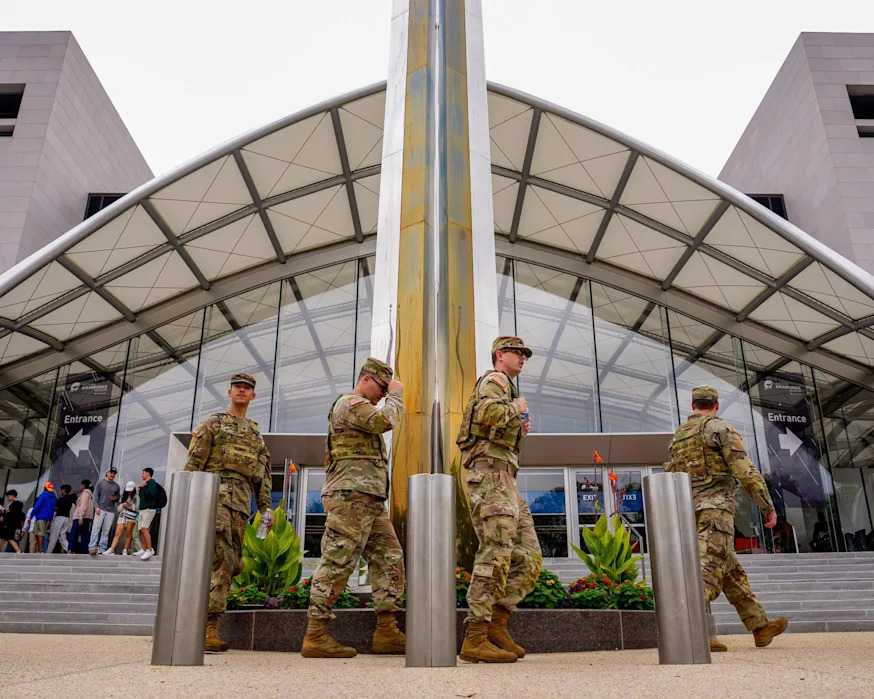
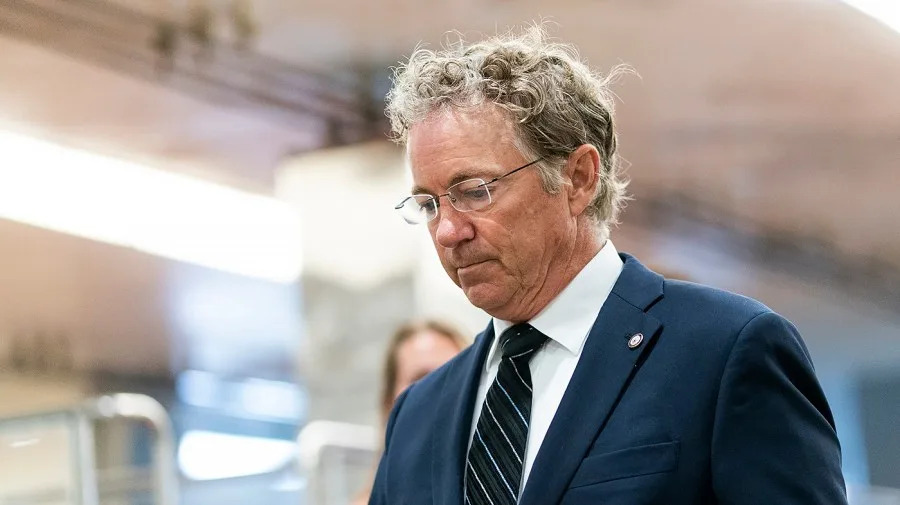
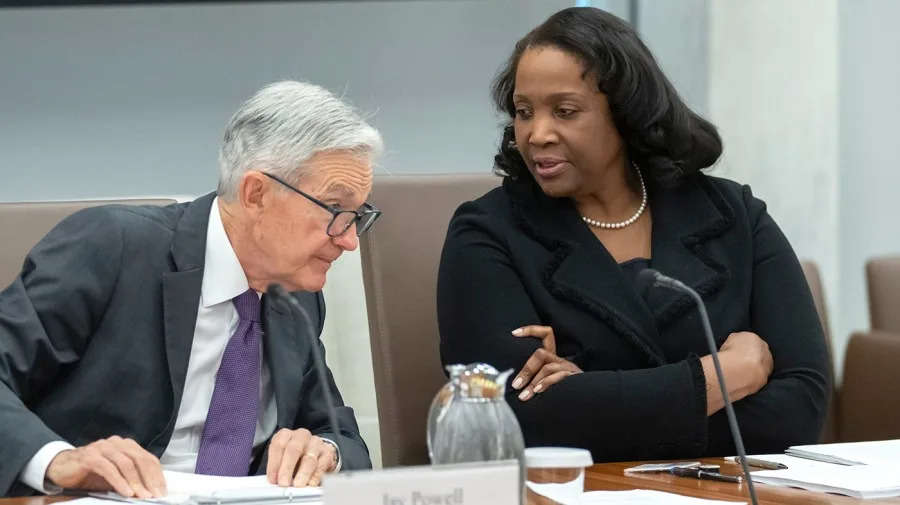
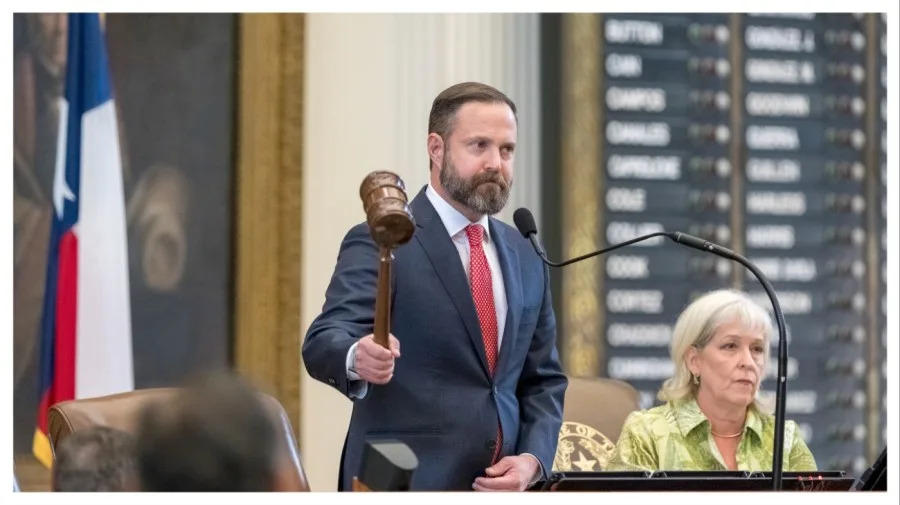

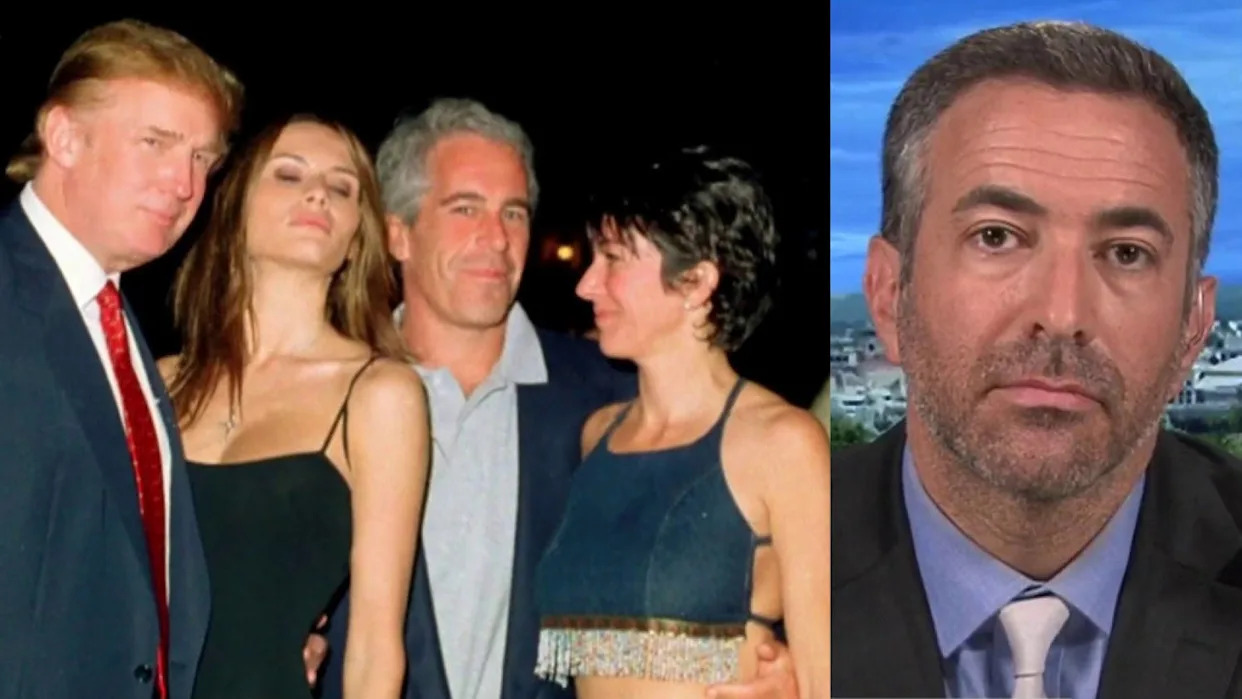

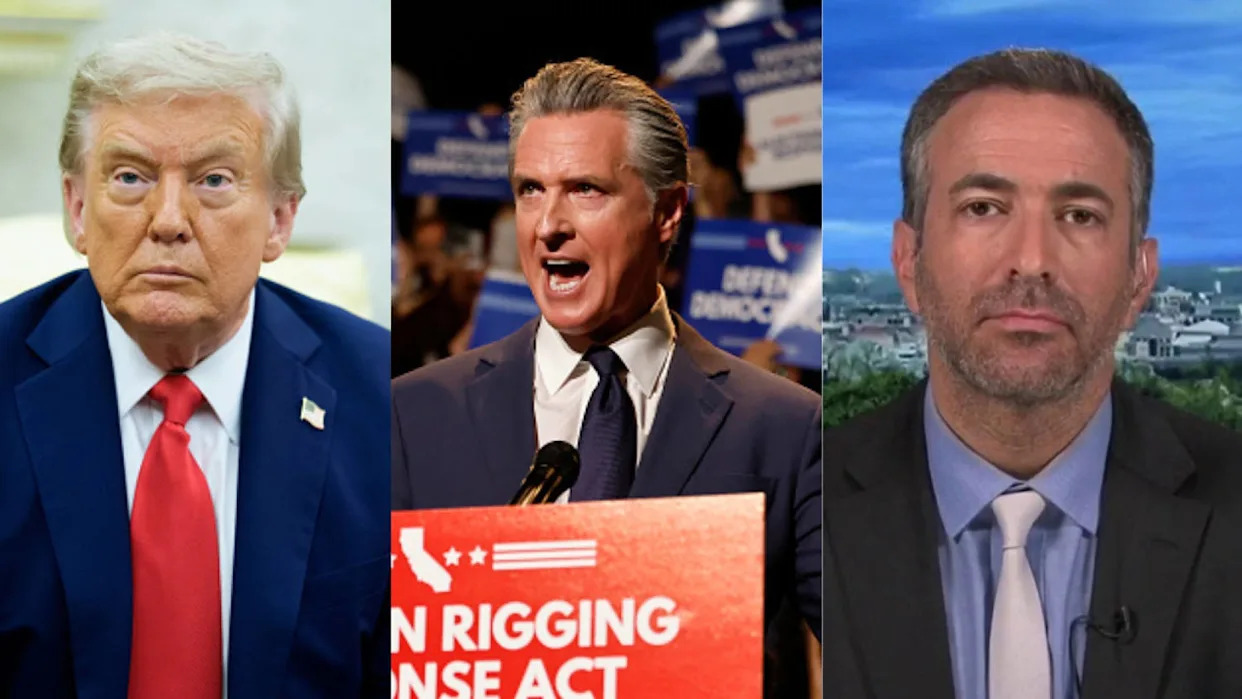
Comments